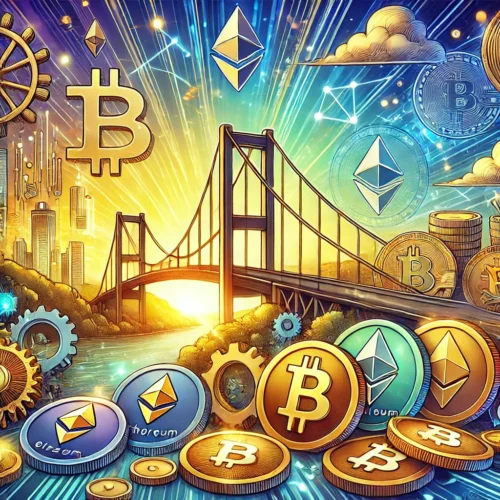Nemeos partners with iExec to enhance user privacy
June 20, 2024Announcing Our Exciting Partnership with Waldos: A Groundbreaking NFT Mint Collaboration
July 31, 2024Nemeos partners with iExec to enhance user privacy
June 20, 2024Announcing Our Exciting Partnership with Waldos: A Groundbreaking NFT Mint Collaboration
July 31, 2024
The ecosystem of blockchain and digital finance is rapidly evolving, and two major trends are capturing our attention: the integration of Real World Assets (RWAs) into the realm of non-fungible tokens (NFTs), and the emergence of fractional payment solutions.
Integrating RWAs into the NFT Universe
RWAs, or Real World Assets, refer to any tangible or intangible asset that can be converted into a digital asset on the blockchain. This conversion offers numerous advantages, such as enhanced transparency and increased security of transactions. The benefit of blockchain technology also inherently opens up the global market due to its decentralized and open nature.
Integrating RWAs into the blockchain not only diversifies the assets available in decentralized finance (DeFi) but also creates a bridge between the physical and digital economies. Since investment offerings on the blockchain are currently very disconnected from the real world, this presents a great opportunity to democratize digital assets for the general public.
The Role of Fractional Payment Solutions
Fractional payment allows you to purchase a good or service in installments, spreading the cost over a defined period. In the Web2 world, there are startups like Klarna, which enable the division of payment for a product or service into several installments.
In the blockchain space, fractional payment plays a crucial role in making NFTs accessible, especially when it comes to tokenized real assets (RWAs). We are all familiar with collectible art NFTs like the Bored Ape series, which offer art collection and access to a community.
There are other NFTs, known as “utility” NFTs, that serve a function: access to a conference, tokenized real estate divided into 1000 NFTs, or assets that reward their holders as long as they possess them. For this type of NFTs, fractional payment solutions like Nemeos allow users, similar to Klarna, to enjoy goods or services immediately while spreading the payment over time.
Concrete Example: A Tokenized Real Estate Property
A developer can undertake a real estate operation by buying or constructing a property. To finance this operation, they can “tokenize” the property, dividing it into 1000 parts (1000 NFTs) on the blockchain. An investor interested in the returns proposed by the developer, derived from future rents, can decide to acquire 10% of the property by purchasing 100 of the 1000 available NFTs.
The investor can finance this purchase in the form of a loan via Nemeos, paying 25% of the amount due upfront (2.5% of the total price of the property), and the rest in future installments. The investor can then immediately start receiving their share of the property’s rent while keeping the rest of their capital available for other projects, benefiting from leverage.
Conclusion
The future of blockchain, enriched by the integration of Real World Assets (RWAs) and fractional payment solutions, promises to redefine our understanding of ownership and investment. These advancements open doors to unprecedented diversification and innovation, democratizing access to investment, and profoundly transforming the current financial system.
By preparing for these changes, investors and collectors can gain an edge over the uninitiated. Blockchain technology and cryptocurrencies, associated with real assets, will mark the beginning of a new era of opportunities and growth in the digital economy.
